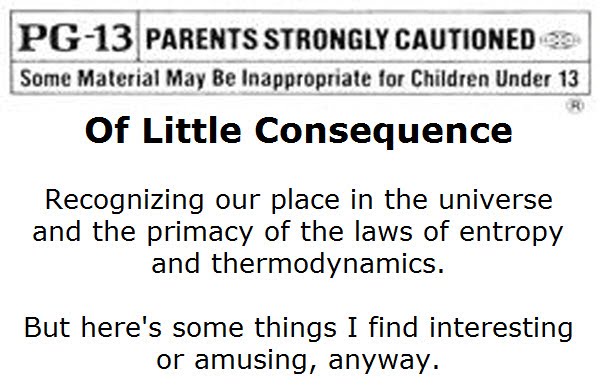What is the oldest organism on earth? What is the largest? Both of these turn out to to be difficult questions and may really depend on how you define the terms. In terms of area, a 'fungal mat' in Oregon discovered in 1992 is said to cover approximately 1500 acres, but both the area and whether this should be considered one organism is still a matter of debate. A single Giant Sequoia tree may weigh 4.5 million pounds. The bristlecone pine is a long-lived single organism with one specimen (named "Methuselah") having been ring-dated at almost 4,800 year old -- making it the oldest 'non-clonal' organism. The most intriguing candidate for both crowns is a 'group' of aspens in the Wasatch Mountains of Utah, which actually has a name: "Pando" -- Latin for "I spread."
Pando is more than 106 acres in size, and consists of more than 47,000 tree trunks (you'd assume that these are separate organisms, but they're not) collectively weighing more than 13 million pounds.
Although aspens do come in male and female varieties, the species seldom flowers and instead an individual propagates itself by vegetative reproduction: it sends out roots, which travel some distance before they sprout up and appear as separate plants. In fact, they are all genetically-identical clones of the orginal individual -- all just upshoots of a common root system, and can truly be considered one organism. That would make Pando the largest (by weight) of any organism on the planet. The oldest? The bristlecone pine is no longer considered the oldest or longest-living organism by most biologists, due to the existence of 'clonal colonies' such as Pando. Other species than aspens spread similarly, and one of the oldest (calculated) clone is a creosote bush estimated to be 11,700 years old.
Earlier biologists and botanists have postulated that some clones (the whole collective of visible, above-ground manifestations is actually called a 'clone') may have lifespans in the millions of years, or even be effectively immortal, barring a cataclysmic event; and even cataclysmic events such as fires and conflagrations are actually beneficial to these clones. These events do not destroy the deep-below-ground clonal root structure, and actually clear the area of competing species -- such as conifers -- with which they compete largely for needed sunlight.
Earlier this year, the 'immortality' idea was effectively discredited, however. Like any organism, even a clone's system was found to accumulate -- albeit very slowly -- natural mutations which affect and reduce the vegetative reproduction rates of these clonal colonies. Estimate show that after perhaps 20,000 years, the 'spreading capability' (reproductive viability) of the clonal structure (not the individual trees -- they die after 200 years at the most) may decline by as much as 50%, threatening the continued expansion of the clone.
Neverthess, both the Pando and other aspen clones in Europe have been estimated to be between at least 10,000 to 20,000 years old.
Subscribe to:
Post Comments (Atom)


No comments:
Post a Comment